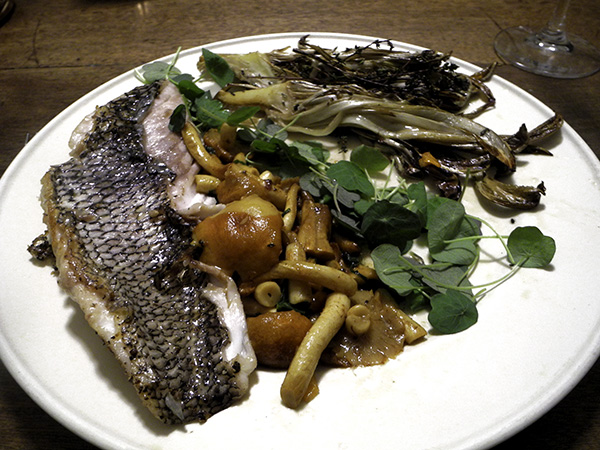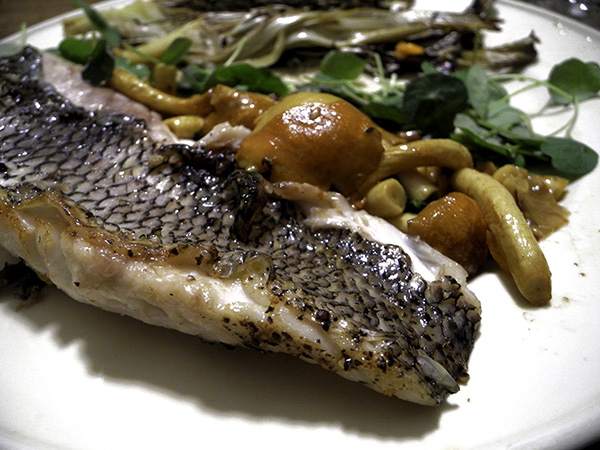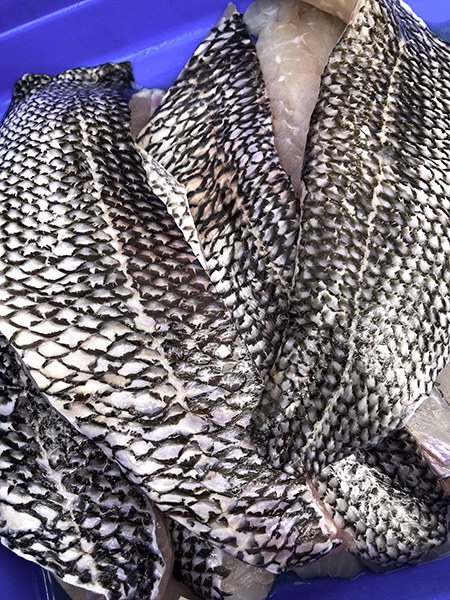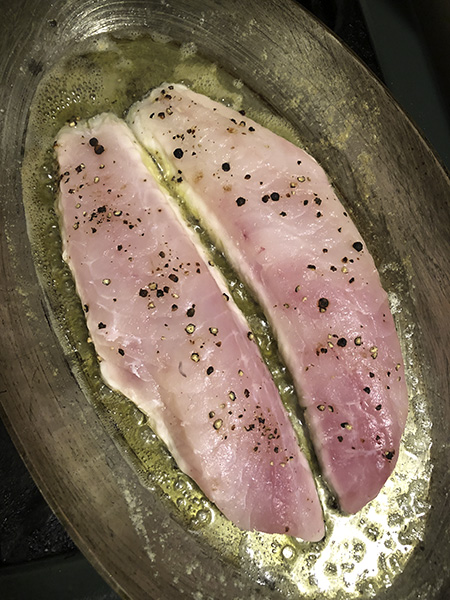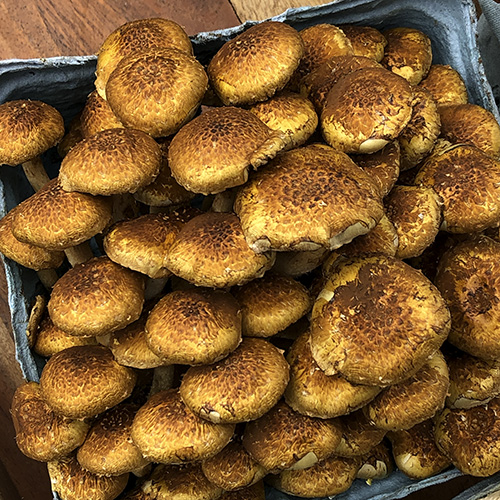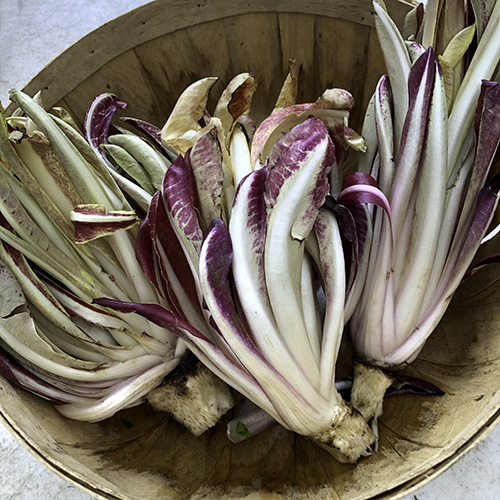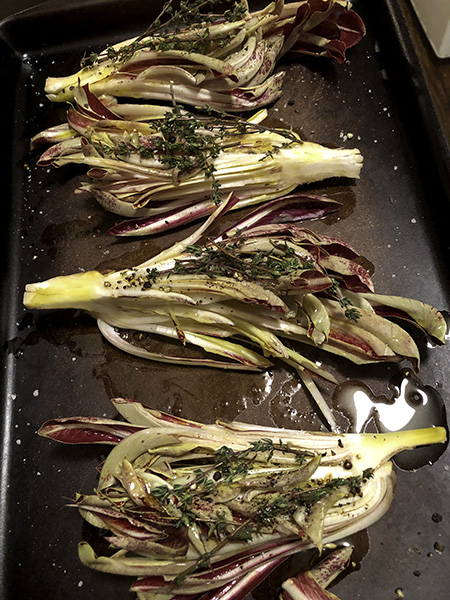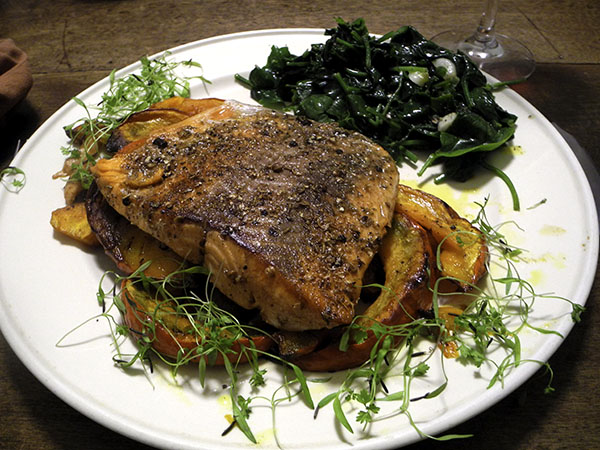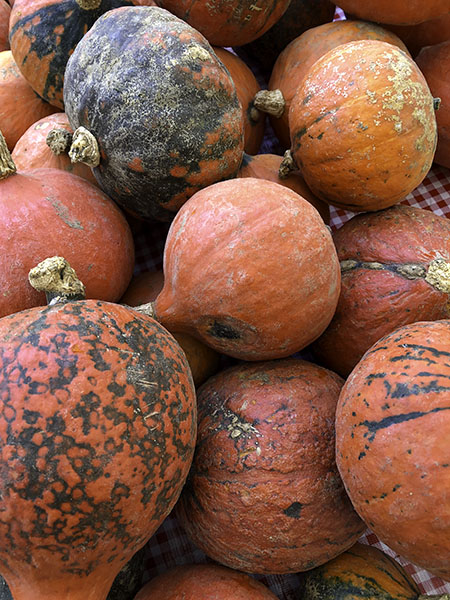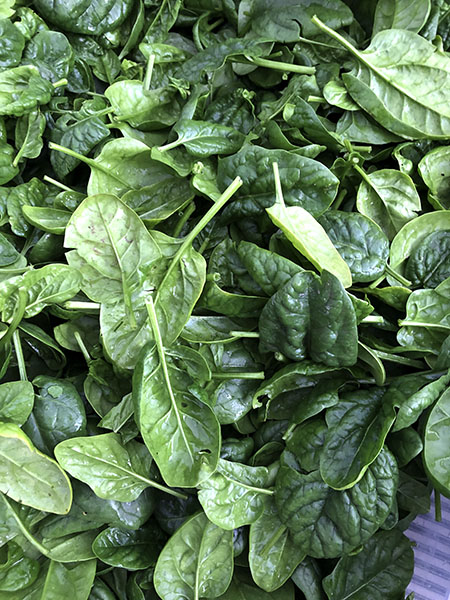
This was one of the tastiest, most successful winter entrées I’ve ever put together.
Even if Sunday wasn’t actually very wintry.
Earlier in the month, on the first cold day of the season, I had brought home a package of prized beef cubes, frozen, from some of my favorite people in the Union Square Greenmarket, the owners of Riverine Ranch, intending to make a hearty Sunday stew that, with luck, might be enjoyed while it snowed outside.
The weather didn’t cooperate: The temperature was in the 50’s all day, but I hadn’t anticipated that when, a couple days before the planned date, I defrosted it in the refrigerator.
I also didn’t know at the time what recipe I would use. I don’t cook stews often, so I didn’t have much of a file to work with. I considered a couple more conventional recipes I found on line before I focused on this one, mostly because it seemed just a little twisted (plus I had all the ingredients). There was also that seductive introduction from its author, Regina Schrambling.
It was really easy to prepare, there was no stress, its perfumes filled the apartment for hours. It was a huge success, the decision to include polenta making it a perfect meal. We finished it all (yup).
- the recipe I used for the stew is here; my only alterations were to substitute guanciale for the salt pork, and rendered duck fat for the butter; the fungi were chestnut mushrooms; I placed a buttered piece of parchment paper on top of the ingredients before they had begun cooking together (cut to copy the oval shape of the 11″ enameled cast iron Michael Lax Copco pot); and the garnish (of course there was a garnish – was micro clover, from Micro BK, a vendor from Brooklyn newly installed at the Union Square Greenmarket
- a lot of people are frightened by the idea of cooking polenta, which is a huge same, but long ago I found Mark Bittman’s approach, in, ‘Polenta Without Fear’, pretty easy going: since it’s always so delicious, make sure you make more than enough
- the wine was a Tuscan (Montalcino) red, Brunello di Montalcino Caprili 2015, from Zachys
- the music was the 1656 opera, ‘L’Orontea’, by Pietro Antonio Cesti, Ivor Bolton conducting the Frankfurt Opera and Museum Orchestra, and the Monteverdi Continuo Ensemble
